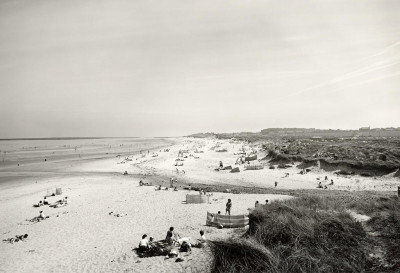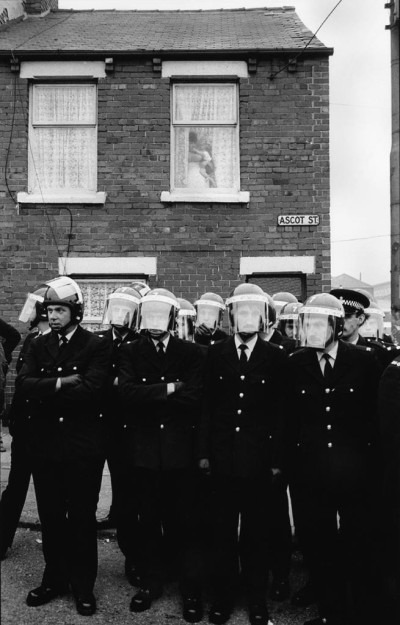
Every Breath They Take
Keith Pattison
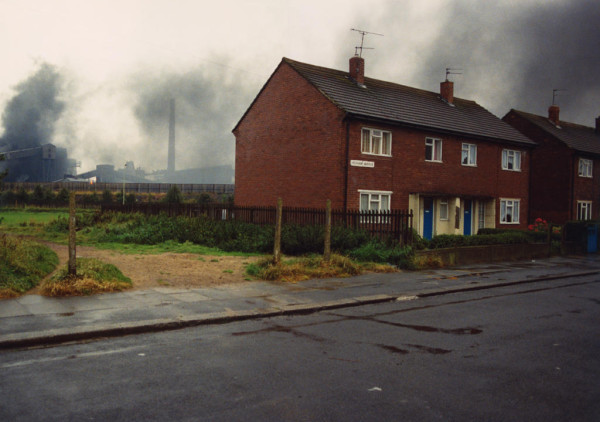
Every Breath They Take
Keith Pattison
- Photographic
- Communities
- Industrial
- Northern Documentary
- Place
- Politics & Struggles
- Popular Cultures
- Portraits
- UK Documentary
- Urban Landscapes
- 1980 – 1989
- Tyne & Wear
- UK
Every Breath They Take is a photographic series by Keith Pattison documenting the campaign by residents of Hebburn, South Tyneside, against pollution from the nearby Monkton cokeworks in the late 1980s. The plant, operated by National Smokeless Fuels, had been a source of concern for over 50 years before its closure in 1992.
The project focuses on the efforts of the Hebburn Residents’ Action Group (HRAG), formed to demand action from local authorities and environmental bodies. The group claimed that emissions from the site's 66 coke ovens were contributing to serious health issues on surrounding housing estates. Pattison’s images capture the determination of local people fighting for clean air and accountability, offering a portrait of community activism in the face of industrial neglect.
Through everyday scenes, public meetings and protest moments, the photographs reflect both the scale of the problem and the strength of the response. The series stands as a record of environmental protest shaped by lived experience, bringing attention to the human cost of industrial pollution.
Keith Pattison is a British photographer whose work centres on community, industry and the political struggles of working-class life. He is best known for his sustained documentation of the Miners’ Strike, his photographs from that period capture the realities of the strike from inside the community, focusing on both public confrontation and private resilience.
Pattison’s approach is grounded in long-term engagement. His images are direct and carefully observed, shaped by trust and familiarity with the people he photographs. Rather than standing at a distance, his work reflects a deep involvement in the social and emotional fabric of the places he documents.
His photographs have been widely exhibited and published, including the book No Redemption: The 1984/85 Miners’ Strike in the Durham Coalfield, and his series Easington, August 1984 is held in the AmberSide Collection. Pattison’s work forms part of a tradition of British documentary photography committed to bearing witness to social change through sustained and respectful observation.
Cancer, lung disease, noise, breathing disorders, sleepless nights, the stench of rotten eggs, acid rain. The catalogue of complaints about Monkton Coke Works reads like an environmentalist’s nightmare. Britain is moving into the era of green politics. But for Monkton residents, life in 1989 is more like the black era. It’s not just black dirt and smoke. The blackness is in the mind too. “I’ve never had one hour’s health. I used to say to my husband, if you don’t get me out of here they’re going to carry me out in a box,” said one woman. When Monkton Lane estate was built in the 1950’s, it was on the pledge that the coke works would be shut. And when in1964 Lukes Lane estate sprang up it was against strong advice from government experts. But promises and ignored advice have left a community living in a state of environmental siege. “For 52 weeks a year it’s a constant battle to keep abreast of the filth,” said Mrs Ivy Turnbull of Melrose Avenue. James McCaffery of Hexham Avenue complained that water ran down the walls because gutters were clogged with dirt. Evelyn Wells told how she left the back door open while she was baking pies. “When I came back a fine dust had settled over them. They were ruined.” Many residents can now only breathe with oxygen inhalers. They fear for their children.
A controversial power station which was refused planning permission two years ago has been built anyway. National Smokeless Fuels was refused permission for the plant at Monkton Coke Works after a public inquiry in December 1987. A Department of the Environment inspector said it should not be built because of fears about further pollution to local housing estates. But South Tyneside Council now says NSF has built the power station in existing buildings – a move needing no planning permission. And it looks increasingly likely that the firm will get permission for the 55 metre chimney it needs to offload noxious gases from the power production process. Planning permission for that chimney was also refused in 1987. But NSF has successfully challenged the ruling in the High Court by arguing that the Department of the Environment exceeded its powers. The speed with which NSF has built its power plant indicates its confidence in getting the go-ahead to start using gas from its coke production to create electricity. NSF has already built a new chimney on site which may be part of the new power station. But because it is under 15 metres high it didn’t need planning permission either. In the end only the government’s Industrial Pollution Inspectorate may have powers to regulate the new development. The inspectorate is already subject to calls for a Parliamentary Ombudsman’s inquiry for allegedly failing to do its job.
She’d been up all night, watching the dragon. It was belching flames that started at 8pm and she wanted to know when they’d stop. The rules said that gas from the cokeworks would only be burned off in an emergency. This ’emergency’ lasted over 12 hours and, according to Jennie Shearan, it wasn’t unusual. From the upstairs of her neat corner house in Melrose Avenue, you can see the dragon she’s been battling with since 1963. The cokeworks looms large over her estate as it’s loomed large over her and other lives in polluted Hebburn. Without Jennie Shearan – former Tyne Wear councillor, lifelong Labour Party member, mother and grandmother – National Smokeless Fuels would have slept on its bed of dirt and fire. It was Jennie who first formed an action group to get rent rebate for people living near the Monkton cokeworks. And it’s Jennie who is now taking the fight to the European Parliament in Strasbourg. “It was while I was raising a petition against plans to expand the works that I realised there is a grave health problem,” she said. “I raised 1000 signatures in 36 hours just going door to door.” “I went up Hexham Avenue – people with masks and oxygen in so many houses. They were asking if they could sign the petition twice, they felt so strongly.” Jennie’s appealed to her council, health authority, MEP, MP, the Department of the Environment, Alkali Inspectorate and party spokespersons. But after years of campaigning she’s not convinced any of them has the will to tame the dragon outside Melrose Avenue.
A major inquiry into the health of people living close to Monkton cokeworks is to go ahead this year. South Tyneside Health Authority will study health records of scores of families living on two estates by the works – operating in Hebburn for over 50 years. Residents claim their health has suffered badly because of pollution from the 66 coke ovens overshadowing their homes. And they hope inquiry results will provide ammunition to get a complete clean-up of the works which does not use the best anti-pollution techniques. The health authority was called in by South Tyneside Council’s environmental health committee. Committee chairman Coun. Martin Lightfoot said the investigation had been ordered because of increasing pressure from local residents. Two years ago a study of air pollution measured in local school playgrounds proved inconclusive. But the new study – led by Dr. Bashir Malik, a specialist in community medicine, will centre on health records and examine caseloads of local GPs rather than rely on technical data. A similar study into coke and coal pollution was carried out last year in Glynneath in South Wales. The study concluded that local people suffered generally poor health which, it said, must be linked with pollution from a local coke plant. Ironically two olympic medallists – Steve Cram and Brendan Foster – both once lived near the Monkton works. They escaped with good health by moving away from the area.
Embattled people living near Monkton cokeworks have set up an action group to fight pollution which they claim is slowly killing them. Hebburn was the first town in Britain to operate a 100% smokeless zone policy. Householders can be fined for burning coal but National Smokeless Fuels daily pumps dirt into the air which they breathe. Bitter residents say appeals to their councillors, MP, Euro MP, the government and government health watchdogs have done nothing to curb the pollution. Growing resentment about the conditions in which they live first united residents early in the 1980’s, when they successfully applied for rent rebates. Hebburn Residents’ Action Group was officially formed in the face of NSF plans to build a power generation plant in 1987. Chairwoman Jennie Shearan said she was staggered by the number of people pressing to sign a petition against the expansion. Since then the group has harried South Tyneside Council, demanding a full-scale probe and support for action against the Alkali Inspectorate. Local councillors do not live on the estates near the works. And the council has refused to give cash aid to three HRAG members travelling to lobby the EEC in February. It claimed the trip was “political”. “It’s not political looking after your health and the health of future generations,” said Jennie. “Someone’s got to do something and we won’t rest until it’s been done.”
Hebburn Residents’ Action Group says hundreds of people have been condemned to a life of almost constant illness by breathing in coal dust and toxic emissions from National Smokeless Fuels cokeworks at Monkton. They point to the very high use of oxygen and inhalers among elderly people and say that health improved dramatically when the coke ovens were closed down during the 1985 miner’s strike. British Coal has refused to comment on a health inquiry until its findings are published later this year. But privately it claims £30 million would have to be spent to end pollution. The firm’s other option would be to close the plant with the loss of about 200 jobs. British Steel operates a site twice the size of Monkton at Redcar on the Cleveland coast. Its workers are paid bonuses to stay inside pollution targets laid down by the the government’s Industrial Clean Air Inspectorate. Government Alkali Inspectors from Darlington, whose job it is to monitor pollution from Monkton, have refused to comment on the pollution levels at Hebburn.
Three Hebburn residents are going to Strasbourg to demand an end to pollution from the town’s coke works. The trip in mid February this year is the latest step in a long-running campaign to force National Smokeless Fuels to clean up the works on the doorstep of two housing estates. Protestors from Hebburn Residents’ Action Group have already raised pollution fears with council and government authorities in Britain – and say they have got nowhere. Now they are hoping Common Market cash can be found to help in an environmental clean-up. And they want to check to see if Euro pollution laws are being flouted by the coke works. “We’ll be talking to anyone and everyone who’ll listen,” said HRAG spokeswoman Jennie Shearan. The group wants Euro aid to pay for double glazing, for environmental improvements at the works and to fund a health study of people living near the coke works. But it’s been given no cash from South Tyneside Council to fund the Euro trip. The council claims the lobby is “political”. During their Strasbourg visit the protesters will lobby Tyne Wear Euro MP Joyce Quin (Lab) and Durham Euro MP Stepher Hughes (Lab).
They didn’t want Monkton cokeworks to expand. And after much effort they won the right to be heard at a public inquiry. But it was a wonder people affected by Monkton cokeworks were heard at all. The inquiry in December 1987 was about their lives. But it wasn’t held on their polluted estates. It was in the anonymity of Hebburn town hall, faced by legal eagles from the National Smokeless Fuels and flanked by council bureaucrats, that Monkton residents said enough was enough. They told an inquiry inspector he shouldn’t allow NSF to build a power plant and 170 ft chimney near their homes. They demanded that at least one inquiry session should be held near their homes – so all those who suffered could be there. Some stood to give their evidence. It was less daunting to be on your feet in this oppressive, official atmosphere. Some brought soiled curtains. One brought a tape recording of noise from the plant at night. And Britain’s the cradle of democracy, isn’t it? So the inspector took notes, took note and sided with them. The local paper carried the headline : “We’ve won!” For a while there was delight – a victory after all the words and struggle. But the legal eagles were off to the High Court – a battleground which doesn’t favour little voices. Now the decision’s being reconsidered – on legal grounds. Meanwhile, development has gone on anyway – new noise, a new chimney. Residents say the dirt is worse than ever. In the cradle of democracy, a lot of hopes are stillborn.
Angry residents are calling for a Parliamentary ombudsman’s inquiry into pollution from a cokeworks. People living close to Monkton cokeworks claim government officials paid to control pollution at Monkton cokeworks in Hebburn have not been doing their job. National Smokeless Fuels said in planning applications in the late 1970s that it wanted to fit dust arresters to coke ovens on the Monkton site. But when 33 new ovens started operating in 1981 – doubling the size of the works – the arresters were not installed. Now eight years later talks are still going on between NSF and the government’s Alkali and Clean Air Inspectorate at Darlington about an acceptable design for the arresters. Even when the design has been agreed it could be years before action is taken to cut steam and dust pollution. “They’ve been talking about it and looking at it since 1981 but no-one does anything to help,” said Mrs. Jennie Shearan, leader of Hebburn Residents’ Action Group. “Life here is really bad. The last two weeks since Christmas it’s been disgusting. We have had more black smoke than we have ever had. “We are sick of people doing nothing. It took them 20 years to discover how dangerous asbestos is. My great fear is that the effects of this filth will show in the future.” The move is being supported by South Tyneside Council. But Mrs. Shearan says the council, along with local MPs and other authorities, have been too reluctant to force the cokeworks to clean up.
Built in 1936 and lit the following year, Hebburn’s coke ovens burned bright for Britain through the Second World War. Living with pollution was the price to be paid for a ‘free world’. When Monkton Lane estate was built after the war, there was already the promise of a new and cleaner tomorrow. Residents knew that a coke oven’s life is short. They expected the works to close soon after their estate was completed in 1954. It didn’t. The then National Coal Board extended the cokeworks by building another 33 ovens to replace the original 33 – now at the end of their life. The second set of ovens were exhausted by the 1970’s. But by then the NCB had again got planning permission to renew its coking operation. And in a deft planning ploy in 1976 it managed to retain the existing 33 ovens and build another 33 – doubling the works’ size. The production of domestic, industrial and foundry coke rose from 200,000 tonnes to 600,000 tonnes a year. The number of people living close by also rose dramatically when Lukes Lane estate was built in the early 1960’s – against strong advice from the government’s own clean air inspectors. What started as a limited-life cokeworks is now a deep-rooted polluter which won’t go away. “Monkton has never been healthier…I’m sure the performance will continue,” the works manager Mike Candlish said as the coking complex celebrated its 50th anniversary in 1987. In the battle between healthy people and healthy production, it seems that production is paramount.
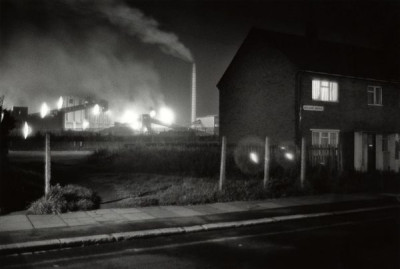
Every Breath They Take, 1989
- Ref: 52-007-LBW
- Date: 1989
- Artist: Keith Pattison
- Copyright: © Keith Pattison
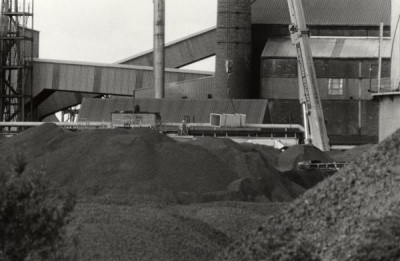
Every Breath They Take, 1989
- Ref: 052-006-LBW
- Date: 1989
- Artist: Keith Pattison
- Copyright: © Keith Pattison
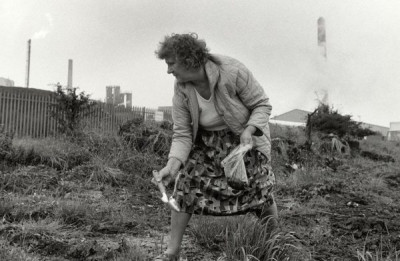
Every Breath They Take, 1989
- Ref: 052-001-LBW
- Date: 1989
- Artist: Keith Pattison
- Copyright: © Keith Pattison
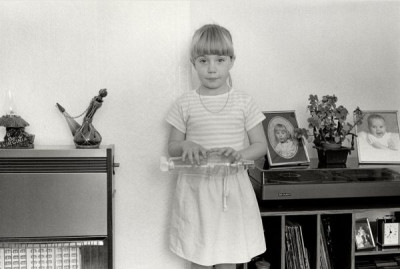
Every Breath They Take, 1989
- Ref: 052-004-LBW
- Date: 1989
- Artist: Keith Pattison
- Copyright: © Keith Pattison

Every Breath They Take, 1989
- Ref: 052-008-LBW
- Date: 1989
- Artist: Keith Pattison
- Copyright: © Keith Pattison
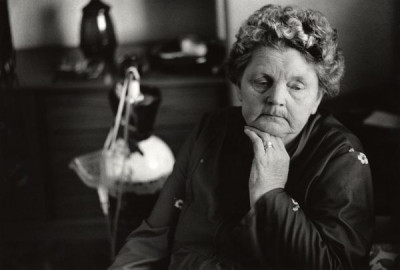
Every Breath They Take, 1989
- Ref: 052-002-LBW
- Date: 1989
- Artist: Keith Pattison
- Copyright: © Keith Pattison
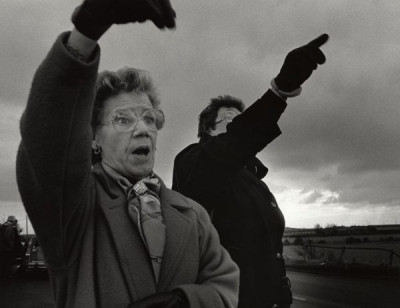
Every Breath They Take, 1989
- Ref: 052-010-LBW
- Date: 1989
- Artist: Keith Pattison
- Copyright: © Keith Pattison
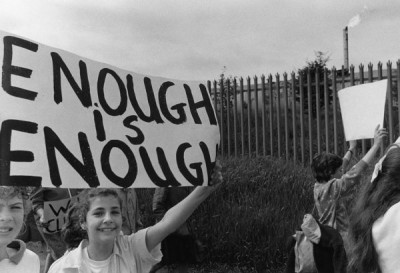
Every Breath They Take, 1989
- Ref: 052-003-LBW
- Date: 1989
- Artist: Keith Pattison
- Copyright: © Keith Pattison
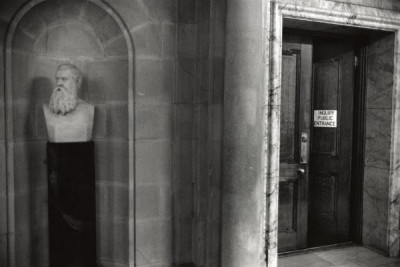
Every Breath They Take, 1989
- Ref: 052-005-LBW
- Date: 1989
- Artist: Keith Pattison
- Copyright: © Keith Pattison

Every Breath They Take, 1989
- Ref: 052-009-LC
- Date: 1989
- Artist: Keith Pattison
- Copyright: © Keith Pattison
Related Works

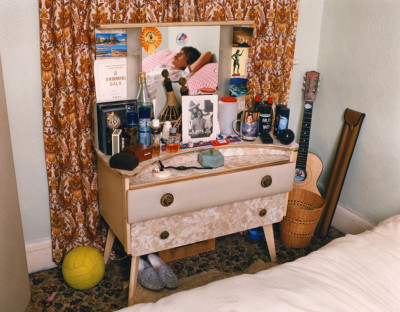
Steel Works
Julian Germain
Photographic
